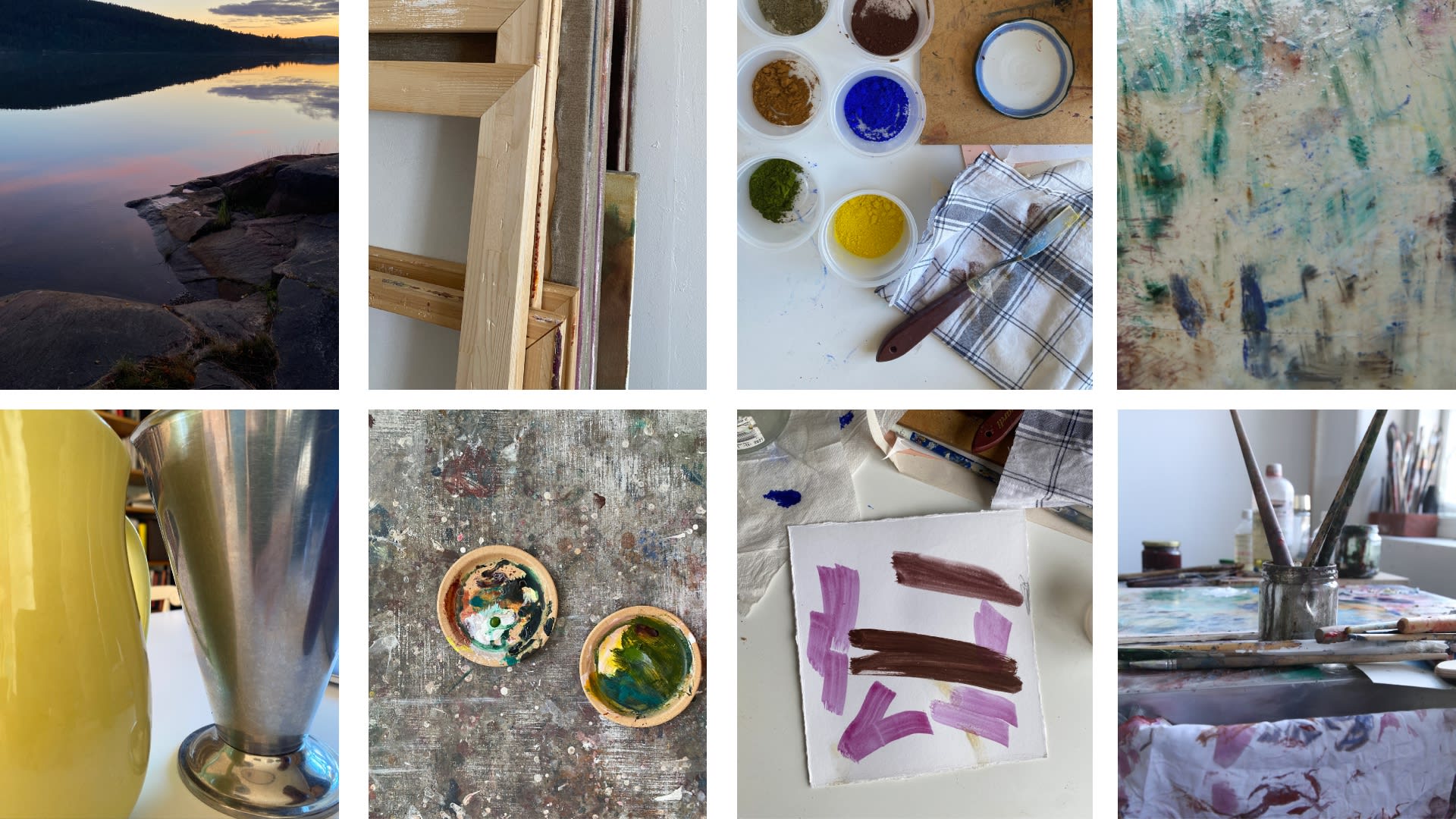Typically, for our exhibitions at Otomys, we invite our artists to respond to a set of thoughtful questions that offer insight into their practice and the themes of the exhibition.
However, for Liminal Layers of Light, the collaborative bond between Frances van Hasselt, Jenny Lundgren and Caroline Collom was so deeply rooted that we invited them to pose questions to one another instead.
This gesture, of artists in dialogue, captures the essence of the exhibition: one of mutual exchange, trust, and layered perspectives. Their questions, like the works themselves, are tender, considered, and reflective of a process shaped by distance and intention.
This blog marks Part II of their dialogue series with Jenny Lundgren in focus.





